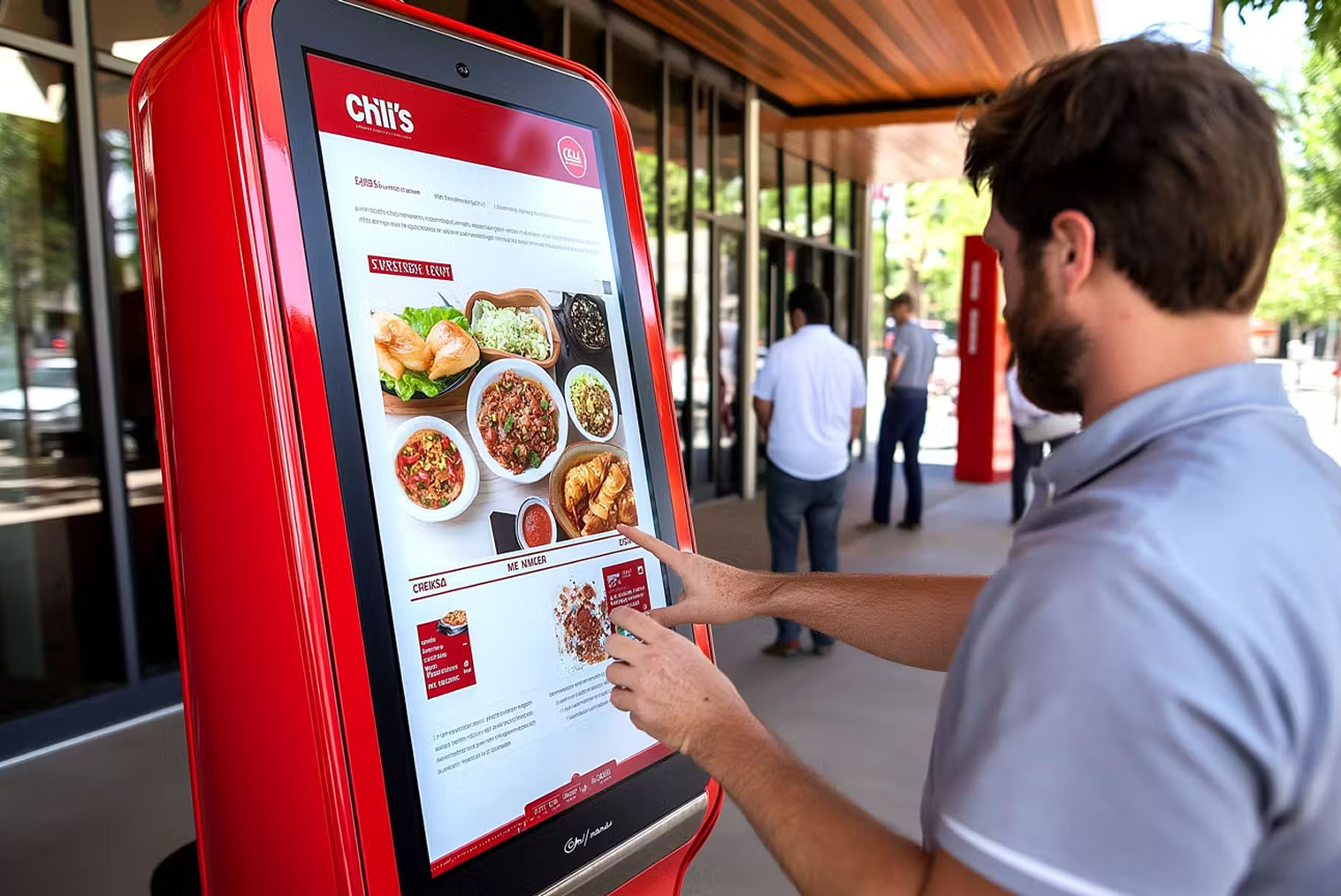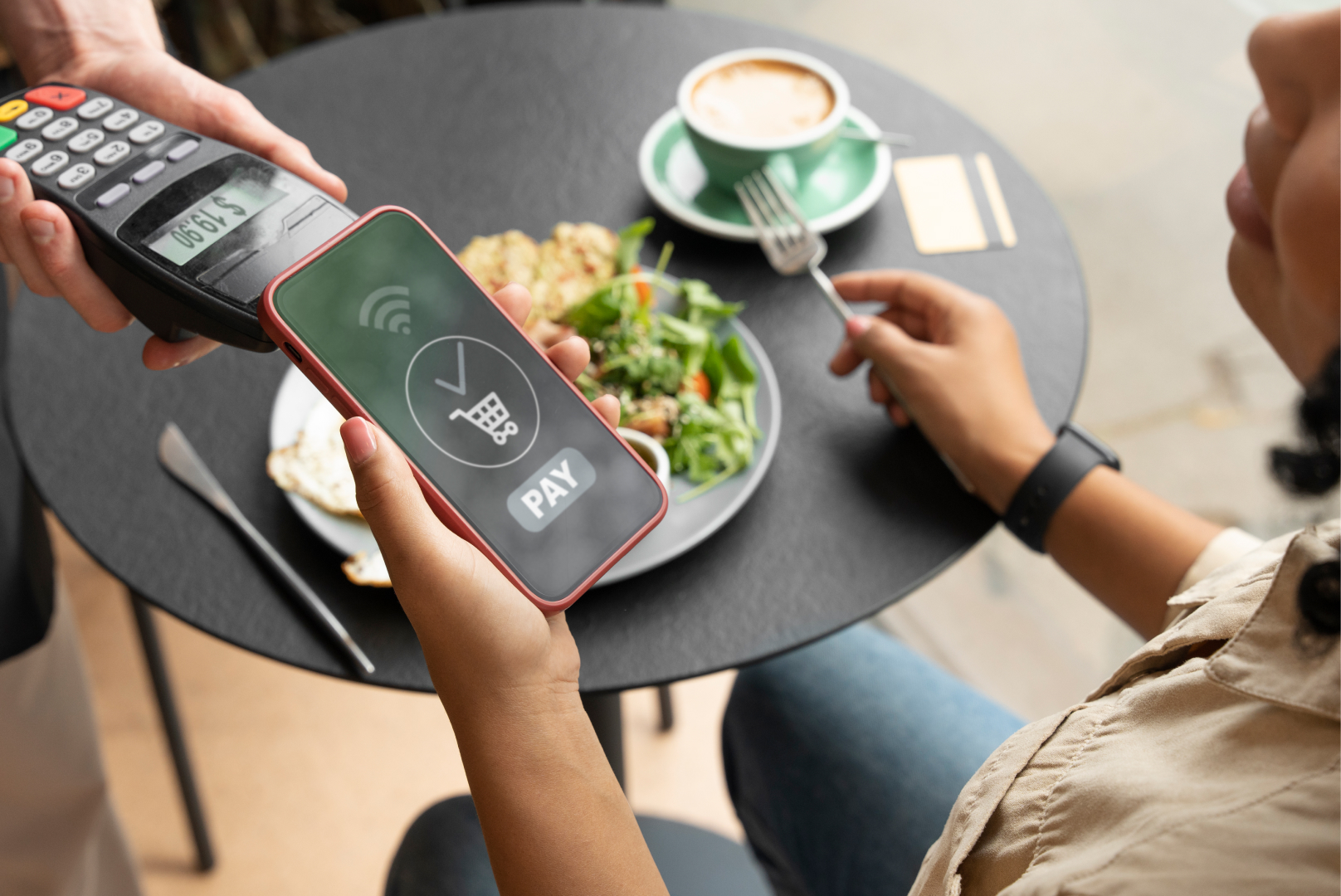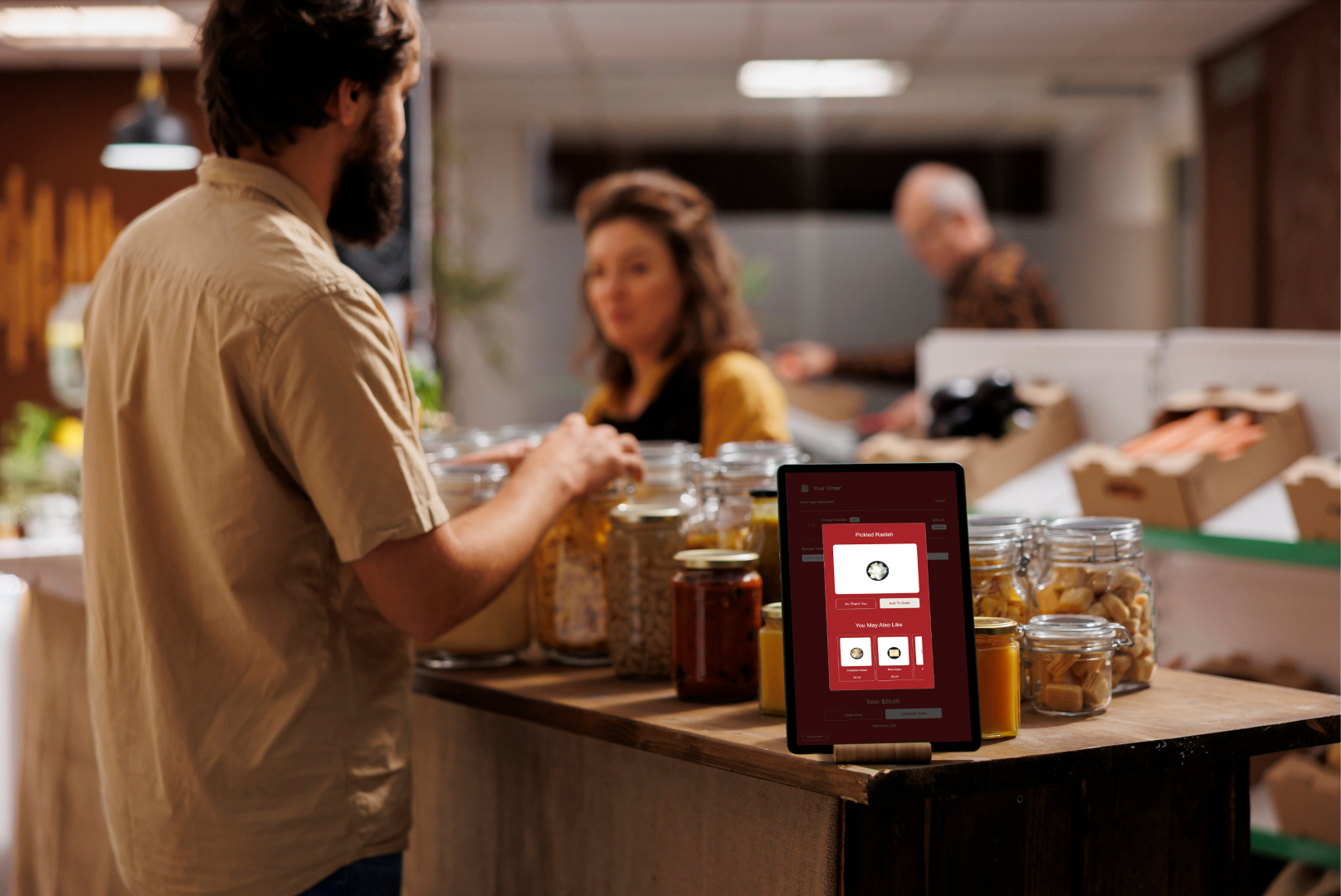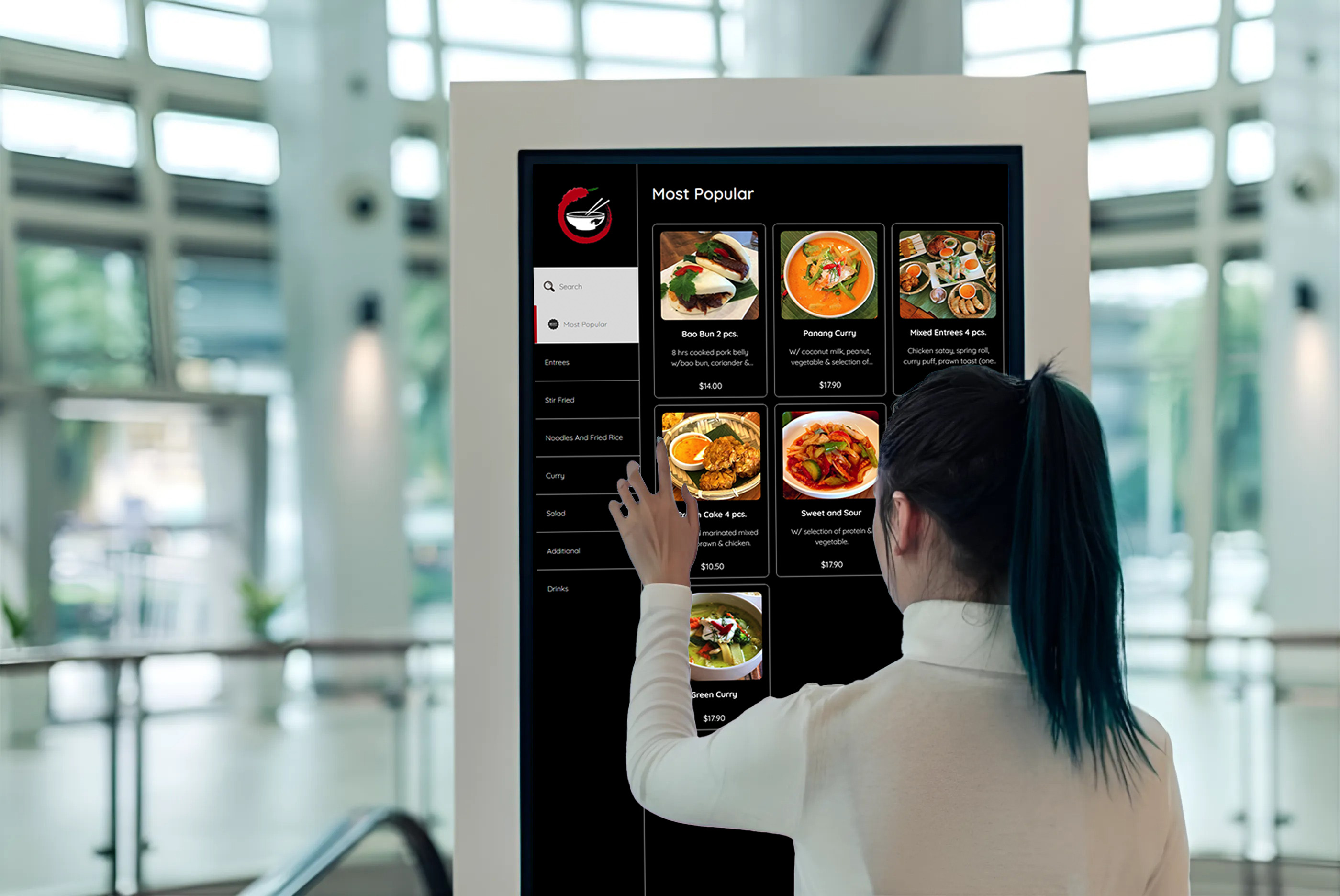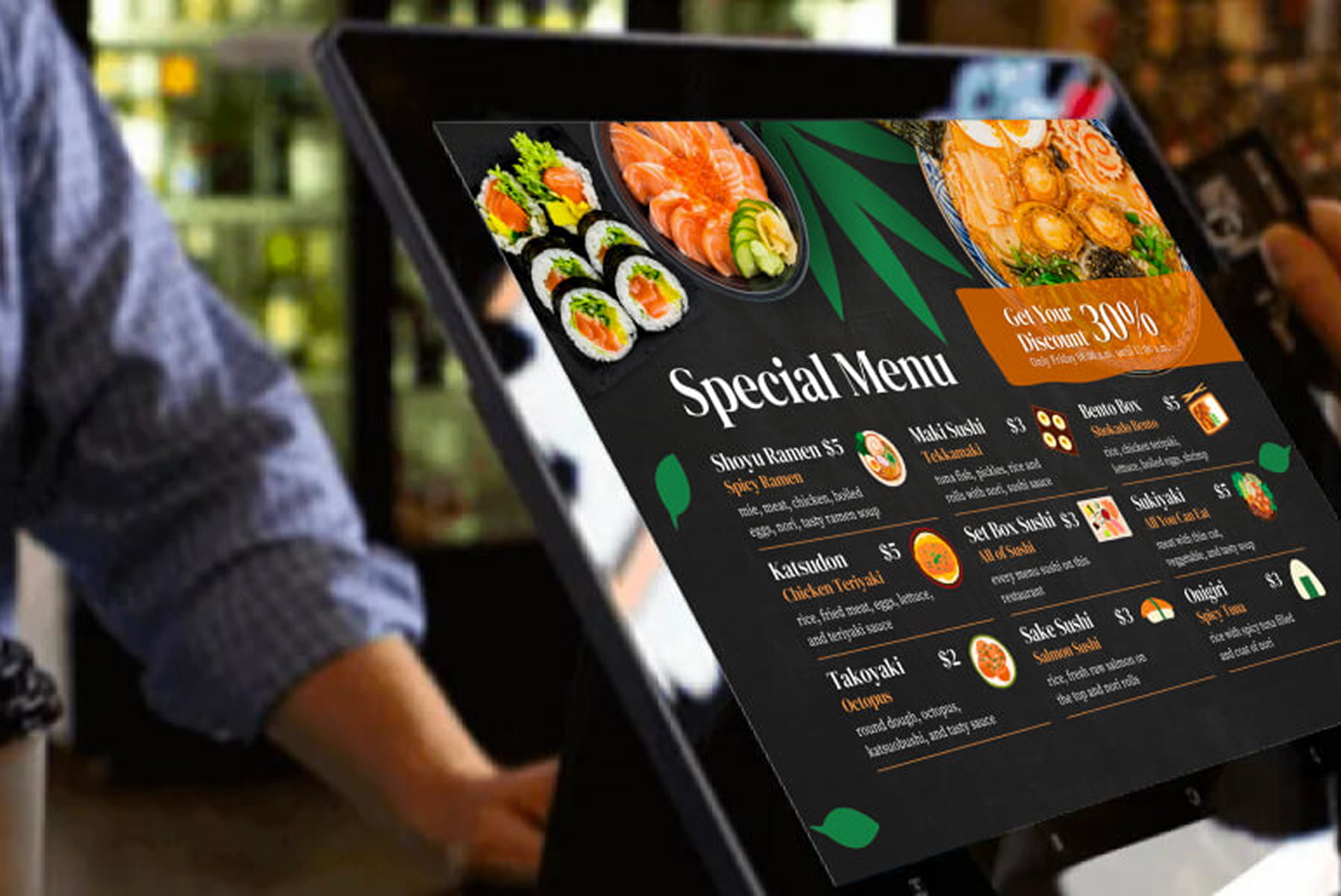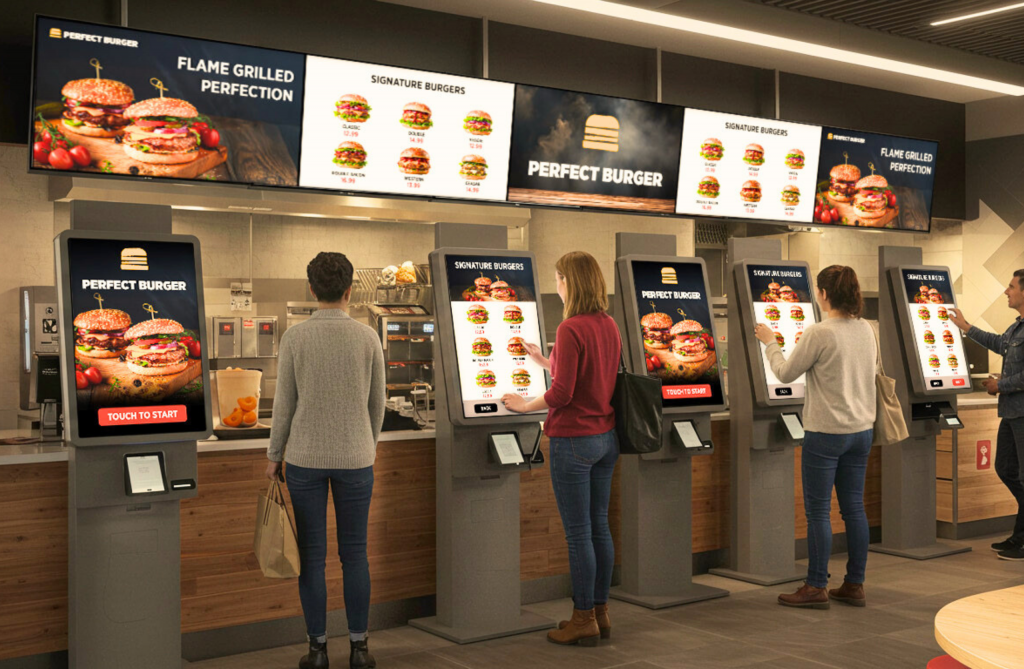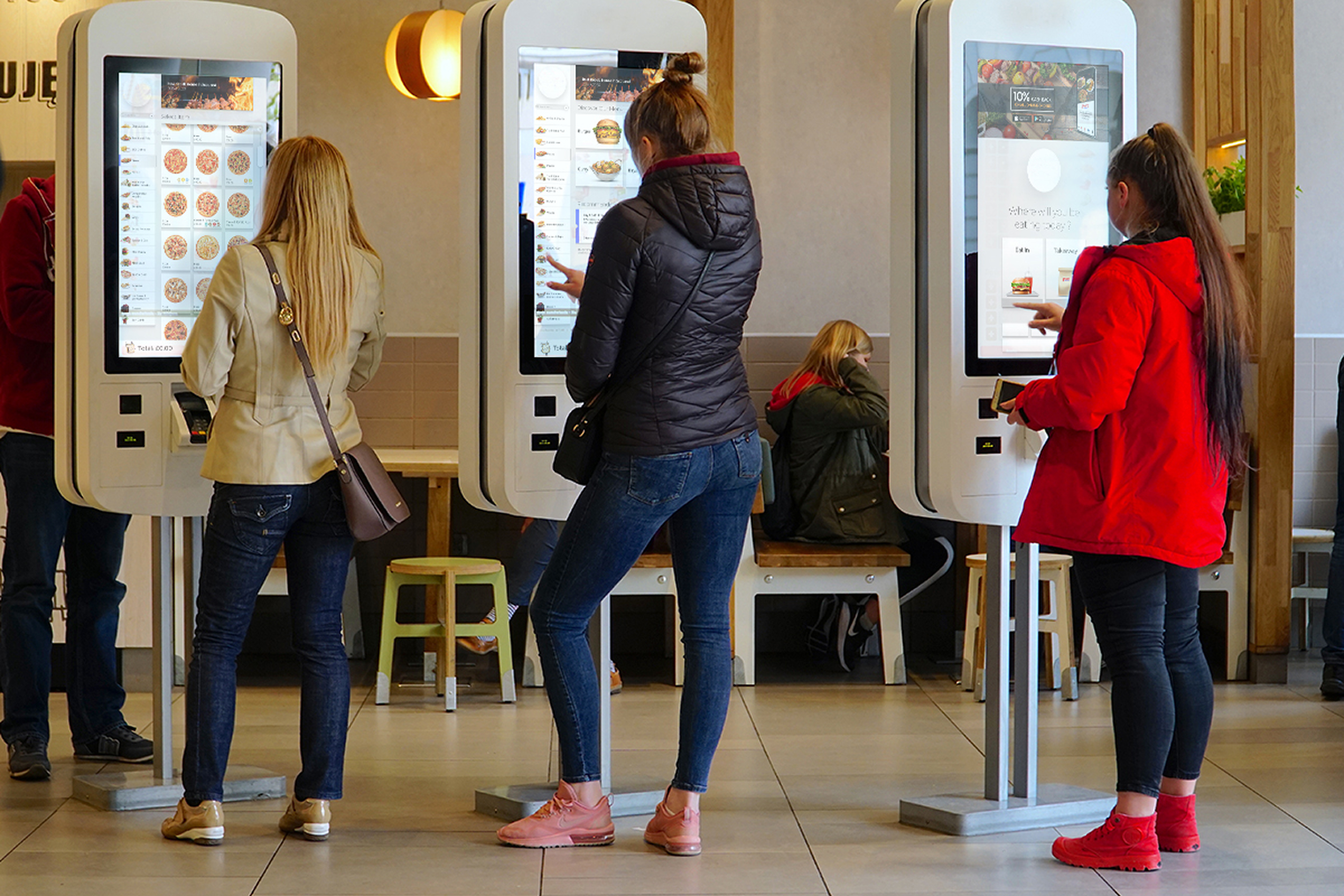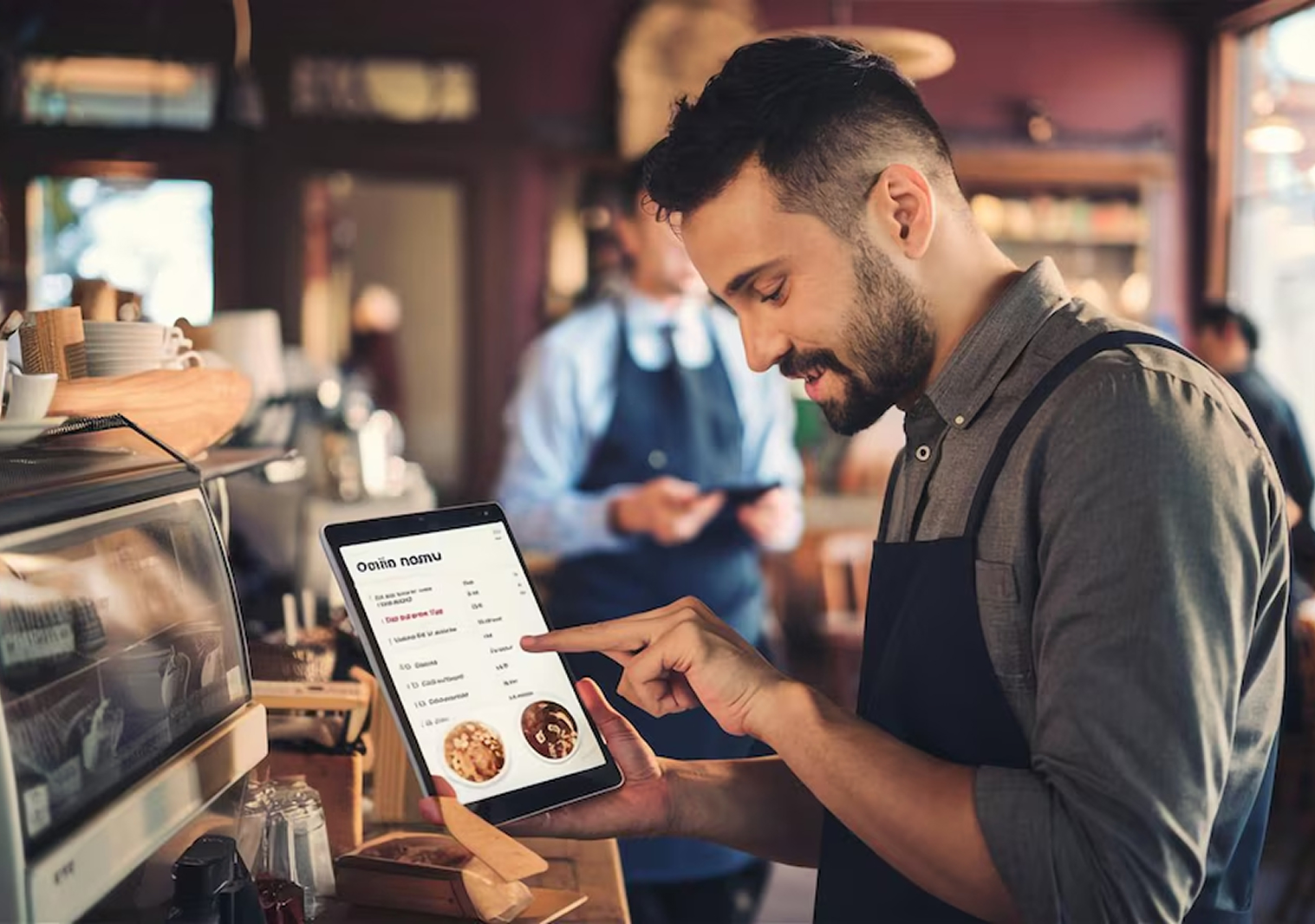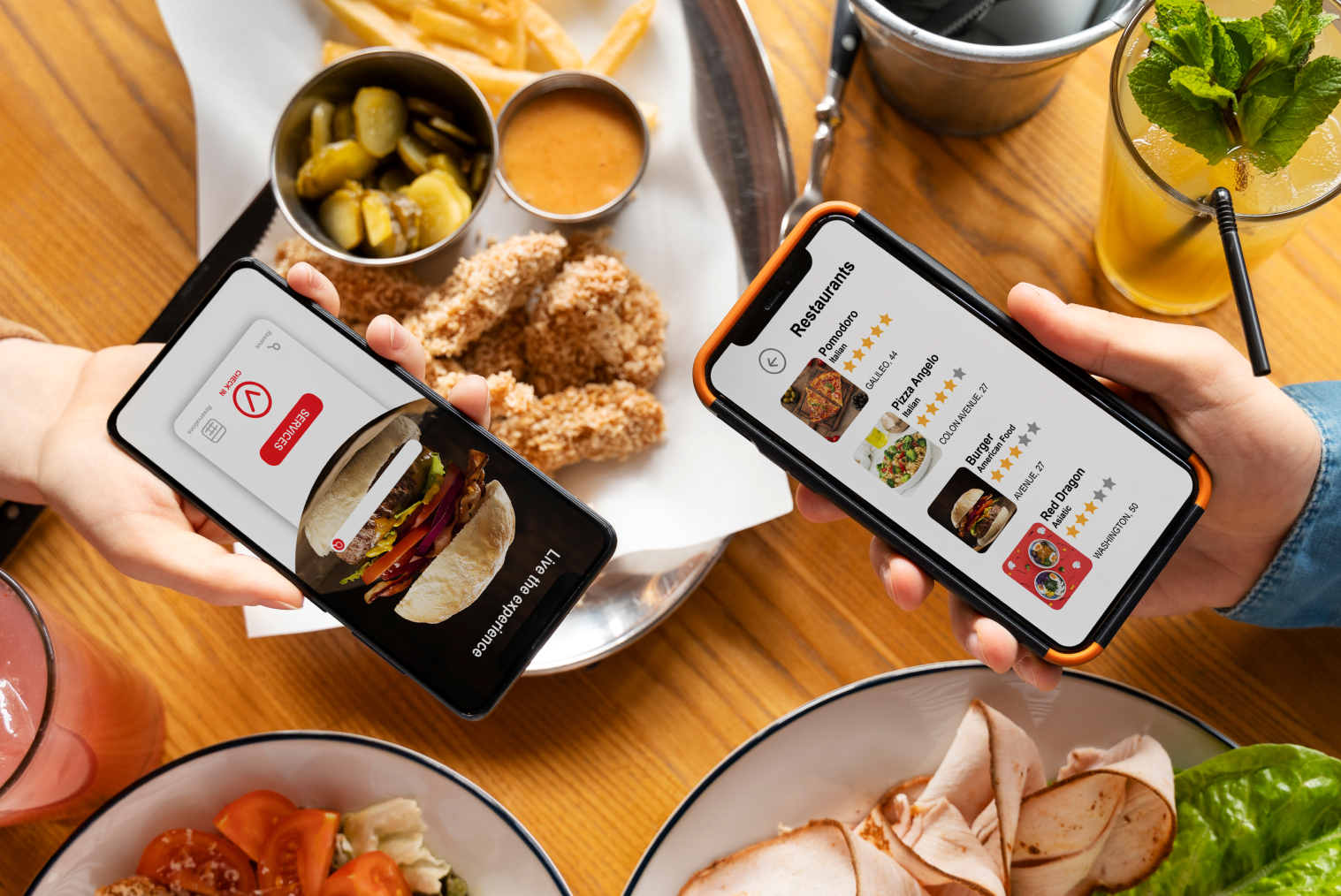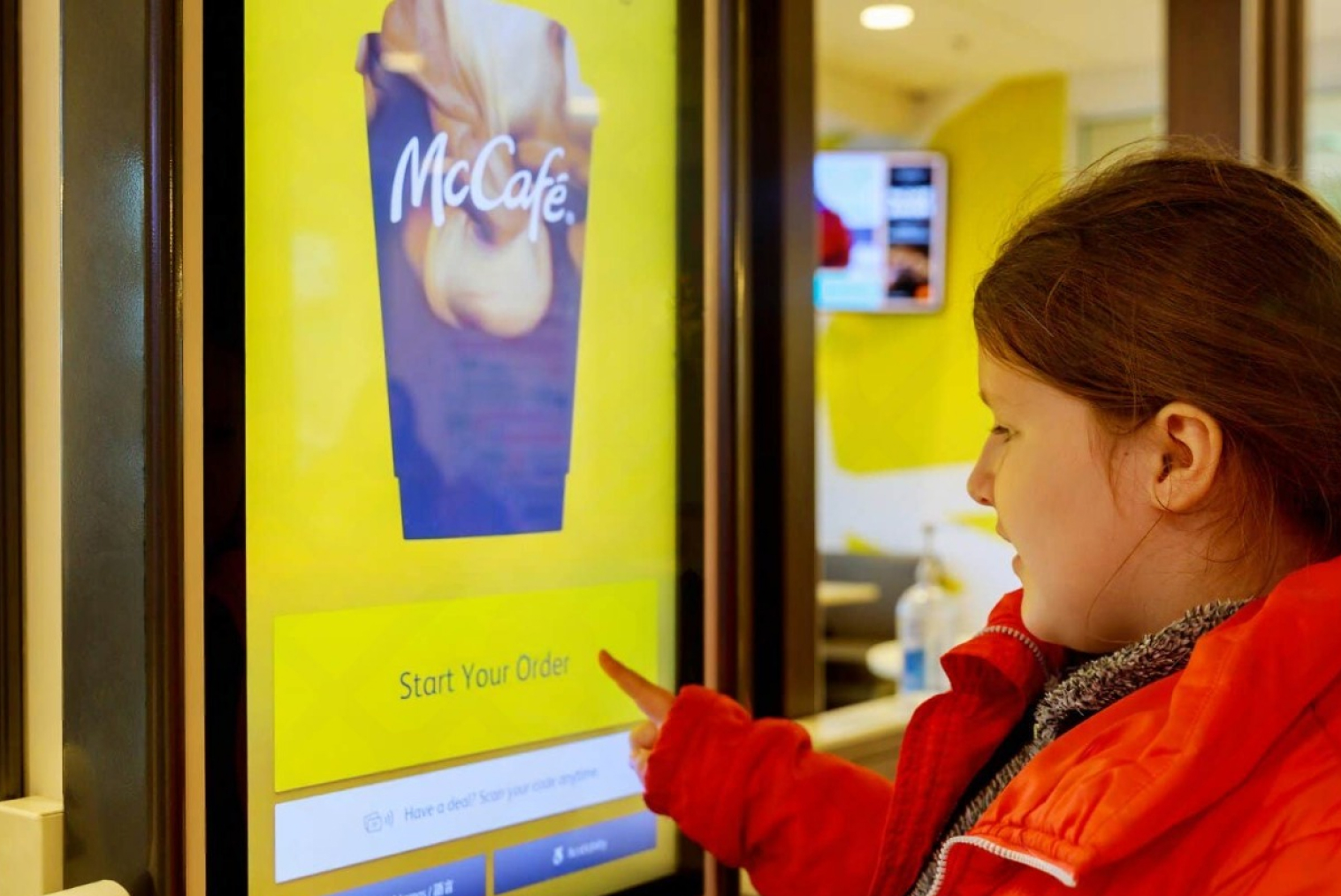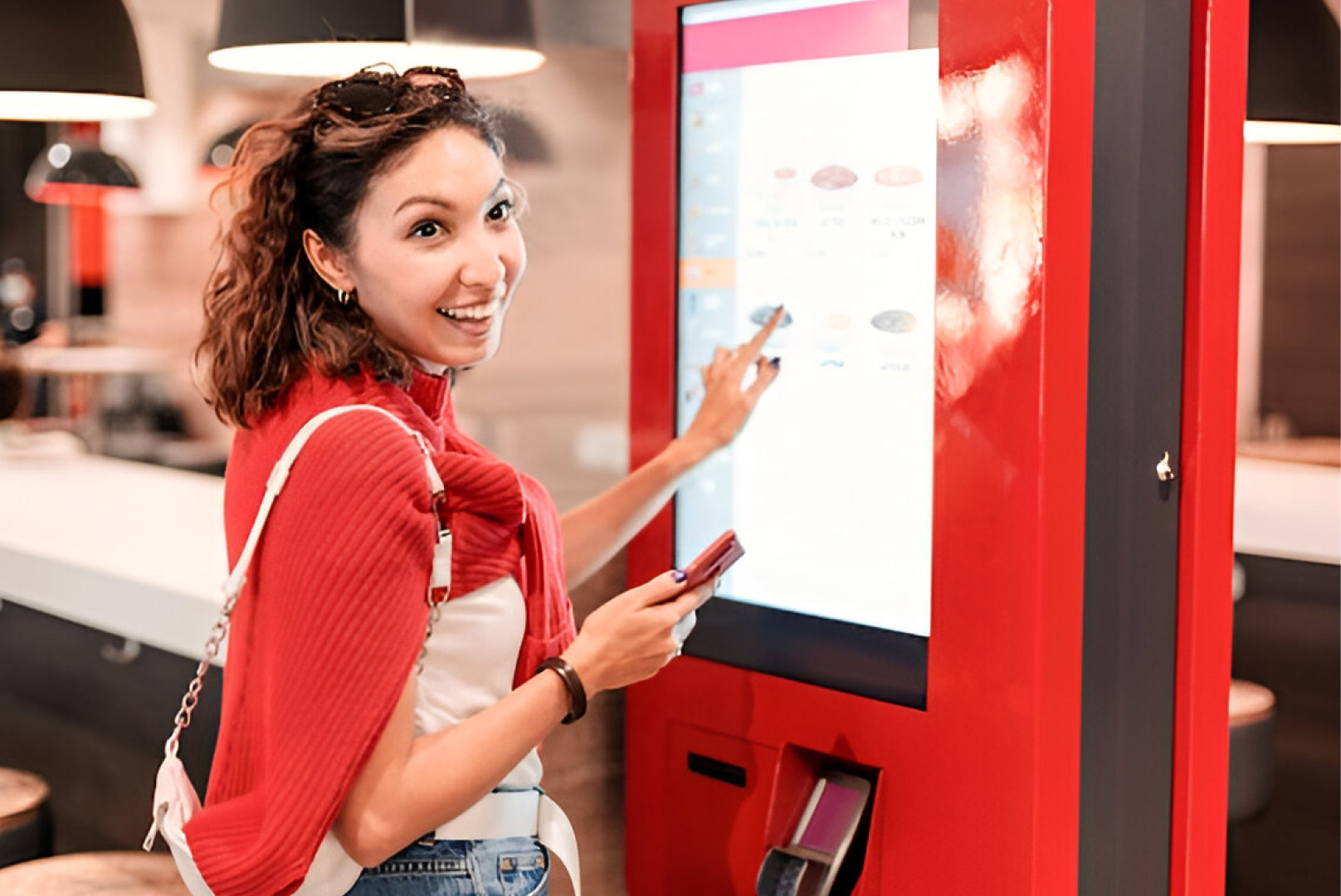Quick service dining is moving fast, and modular kiosk solutions are the new backbone of efficient, scalable, and profitable restaurant operations. Soaring real estate costs, increased demand for fast service, and the rise of flexible business formats-the move toward modular food kiosk models isn't just innovative; it's inevitable. Brands today want mobility, speed of deployment, lower investment, and a future-ready footprint, and that's exactly what modular kiosk design enables. Just over 73% of customers say they prefer self-service kiosks rather than waiting to interact with a cashier, according to kiosk-industry data. This growing preference makes modular kiosks not just practical, but essential.
What Is a Modular Food Kiosk?
A modular food kiosk is a prefabricated, standalone food service unit that is built off-site and transported to its operating location. Unlike traditional restaurants, these kiosks are constructed using interchangeable, modular components—allowing businesses to quickly assemble, customize, expand, or relocate them with minimal cost and downtime. They can function as mini-restaurants equipped with cooking spaces, POS systems, storage, ventilation, and even self-service ordering technology. Their flexibility, portability, and rapid deployment make them ideal for quick-service restaurants seeking to scale efficiently.
What Makes Modular Food Kiosks the Future of QSR?
Unlike traditional brick-and-mortar setups, a portable food kiosk can be deployed almost anywhere, from parking lots and malls to festivals, office spaces, or outdoor food courts, without months of construction or major overheads. Pair this with rapid growth in digital ordering and contactless dining, and the need for flexible store formats becomes even more critical.
Many growing brands are already scaling their food business with outdoor kiosks, enabling them to expand into new neighborhoods at a fraction of the usual cost. Such agility is a game-changer for both established chains and emerging food entrepreneurs. The self-service kiosk market is booming: valued at US$4.5 billion in 2024 and growing at a CAGR of 8.1%, according to Grand View Research.
The Power of Modern Modular Kiosk Design
The modern modular kiosk design is based on efficiency and adaptability. Its design makes it easy for businesses to upgrade, expand, or reconfigure the kiosk however they see fit to accommodate evolving menu items, seasonal offerings, or customer demand.
Design Features That Support QSR Success
Modular kiosks offer the following features:
- Weather-resistant exteriors for outdoor operations
- Quick assembly panels
- Built-in spaces for digital displays and restaurant POS system integration
- Flexible layouts for cooking, storing, and serving
These design elements let operators change their kiosk format in an instant-a flexibility that traditional restaurants simply don't have. Self-ordering kiosks can reduce wait times by nearly 40%, as shown in BestKiosk’s analysis — meaning more orders, happier customers, and faster table turnover.
Operational Advantages of Portable Kiosks
A well-designed portable kiosk design provides far more than mobility. It reduces operational costs, optimises floor space, and improves labour efficiency:
Reduced operational costs
Lower rent, fewer staff, and minimal setup expenses compared to traditional outlets.
Optimised floor space
Compact layouts let brands operate even in small or high-traffic areas.
Improved labour efficiency
Self-service ordering cuts manual work, allowing staff to focus on faster preparation and better service.
Why QSR Operators Prefer Portable Food Kiosks
Here’s how modular kiosks enhance operations:
Portable kiosks are redefining how quick-service restaurants expand—lean, flexible, and optimized for revenue growth. Because kiosks always present upsell options, some brands reported a 16–35% increase in average order value after installation.
Sustainability & Long-Term Value of Modular Kiosks
Sustainability has become a key priority across the food industry, and modular kiosks help brands lower their environmental footprint.
Eco-Focused Benefits
- Less construction waste
- Lower energy consumption
- Reusable, relocatable structures
- Support for solar or hybrid power options
This aligns with global hospitality trends where operators are exploring the future of retail through next-gen kiosk solutions to build sustainable, digital-first customer experiences.
Brand Identity & Customisation Flexibility
Modular kiosks aren't merely functional; they are an extension of your brand identity. The layout, materials, lighting, and even digital menu systems can be easily tailored by businesses to create a consistent customer experience.
Custom wrapping, branded panels, and digital signage make even a small kiosk feel like a full-scale store—strengthening trust and customer recall.
Real-World Examples of Successful Modular Food Kiosks
Several quick-service brands globally have adopted modular formats to extend their reach:
- Coffee and beverage chains launching micro-kiosks
- Dessert brands expanding into malls with portable units
- QSR chains are experimenting with drive-up or walk-up kiosk formats
- Independent food startups using low-cost kiosks to test new markets
Each example highlights how modular kiosks are reshaping the future of quick-service dining—faster, smarter, and more profitable.
Conclusion
Modular kiosks represent the next big move in quick-service restaurants. With adaptable designs, low operational costs, sustainability features, and compatibility with modern QSR technology, they are a future-focused solution for strategic brand expansions. From flexible modular kiosk setups to customizable layout options to highly developed self-service systems, modular kiosks are proving themselves to be the fastest and smartest path to scaling foodservice experiences worldwide..
Frequently Asked Questions
Q1. Are modular kiosks compliant with health and safety regulations?
Yes. Modern modular food kiosks are built with certified materials, proper ventilation, compliant food-grade interiors, and local safety standards in mind.
Q2. Can modular food kiosks support branding and customisation?
Absolutely. They support full customisation from colours and textures to digital displays and exterior branding.
Q3. How do modular kiosks support sustainability?
They reduce waste, consume less power, and can operate on low-energy systems, making them environmentally friendly.
Q4. How do modular kiosks improve operational efficiency?
Their compact, optimised layout, paired with automation tools, ensures faster service, lower labour requirements, and seamless customer flow.
Q5. Why are modular food kiosks gaining popularity in quick service dining?
Because of their flexibility, low investment cost, scalability, and modern, tech-driven customer experience.
Q6. How do modular kiosks differ from traditional restaurants?
Traditional restaurants require large investments and long construction timelines. Modular kiosks are affordable, mobile, quickly deployable, and easily scalable.
